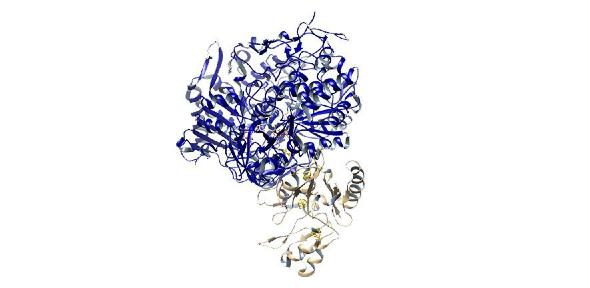
Researchers have developed an efficient concept to turn carbon dioxide into clean, sustainable fuels, without any unwanted by-products or waste.
The researchers, from the University of Cambridge, have previously shown that biological catalysts, or enzymes, can produce fuels cleanly using renewable energy sources, but at low efficiency.
Their latest research has improved fuel production efficiency by 18 times in a laboratory setting, demonstrating that polluting carbon emissions can be turned into green fuels efficiently without any wasted energy.
"Instead of capturing and storing CO2, which is incredibly energy-intensive, we have demonstrated a new concept to capture carbon and make something useful from it in an energy-efficient way” Professor Erwin Reisner, Yusuf Hamied Department of Chemistry
Most methods for converting CO2 into fuel also produce unwanted by-products such as hydrogen. Scientists can alter the chemical conditions to minimise hydrogen production, but this also reduces the performance for CO2 conversion: so cleaner fuel can be produced, but at the cost of efficiency. The Cambridge-developed proof of concept relies on enzymes isolated from bacteria to power the chemical reactions which convert CO2 into fuel, a process called electrolysis. Enzymes are more efficient than other catalysts, such as gold, but they are highly sensitive to their local chemical environment. If the local environment isn’t exactly right, the enzymes fall apart and the chemical reactions are slow.
The Cambridge researchers, working with a team from the Universidade Nova de Lisboa in Portugal, have developed a method to improve the efficiency of electrolysis by fine-tuning the solution conditions to alter the local environment of the enzymes.
The researchers used computational methods to design a system to improve the electrolysis of CO2. Using the enzyme-based system, the level of fuel production increased by 18 times compared to the current benchmark solution. To improve the local environment further, the team showed how two enzymes can work together, one producing fuel and the other controlling the environment. They found that by adding another enzyme, it sped up the reactions, both increasing efficiency and reducing unwanted by-products.
"We ended up with just the fuel we wanted, with no side-products and only marginal energy losses, producing clean fuels at maximum efficiency, By taking our inspiration from biology, it will help us develop better synthetic catalyst systems, which is what we’ll need if we’re going to deploy CO2 electrolysis at a large scale.” Dr Sam Cobb, Yusuf Hamied Department of Chemistry
The researchers say that the secret to more efficient CO2 electrolysis lies in the catalysts. There have been big improvements in the development of synthetic catalysts in recent years, but they still fall short of the enzymes used in this work.
Read the full original Universirty of Cambridge article.
Publications:
Samuel J. Cobb et al. ‘Fast CO2 hydration kinetics impair heterogeneous but improve enzymatic CO2 reduction catalysis.’ Nature Chemistry (2022). DOI: 10.1038/s41557-021-00880-2
Esther Edwardes Moore et al. ‘Understanding the Local Chemical Environment of Bioelectrocatalysis.’ Proceedings of the National Academy of Sciences (2022). DOI: 10.1073/pnas.2114097119
Image: Computer-generated image of enzyme, by Credit: Esther Edwardes Moore

